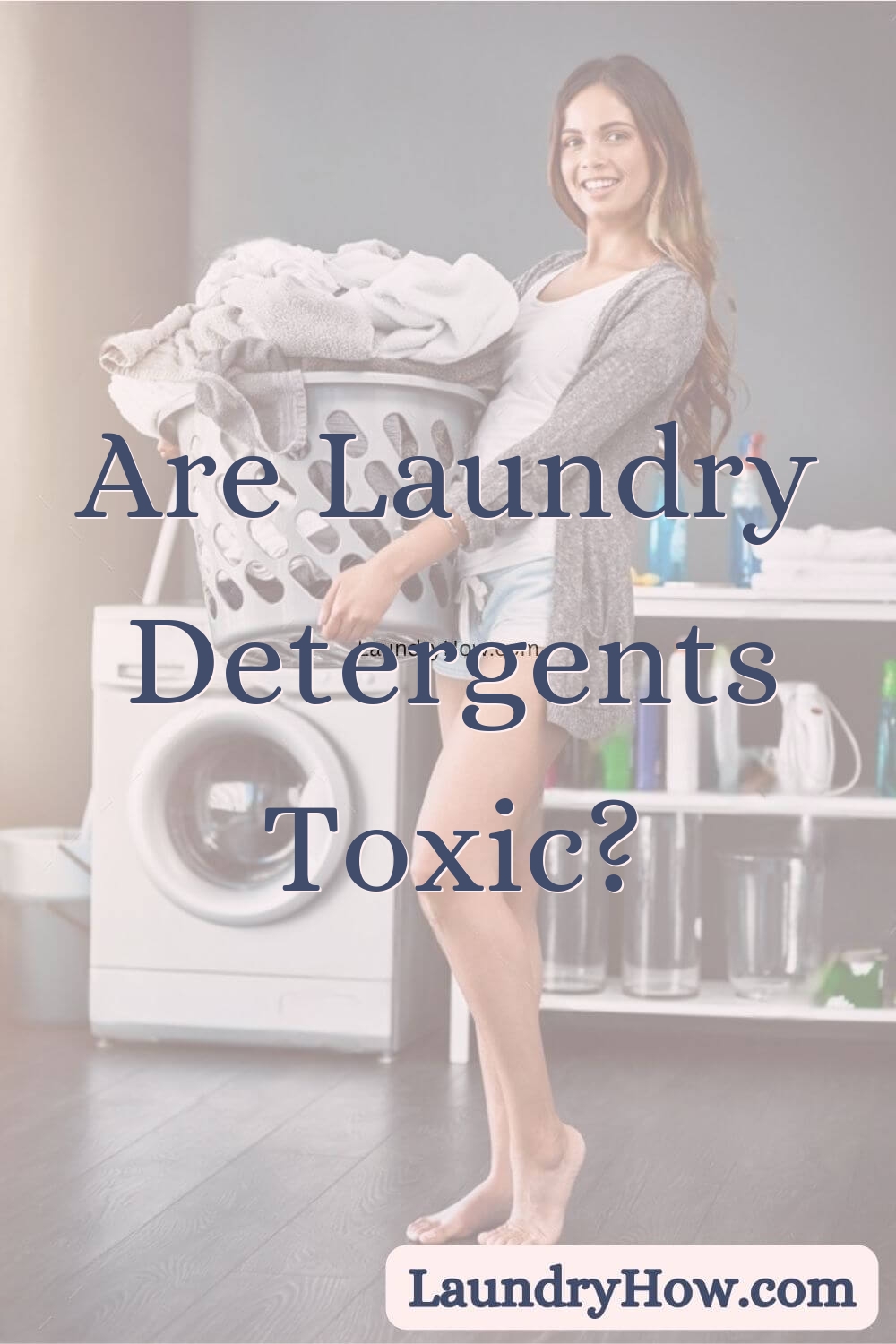Laundry detergent is something most households use on a regular basis to keep clothes fresh and clean. But some people have concerns about whether the ingredients in these products are safe and non-toxic. This article will dive into the components of laundry detergents and discuss any potential health and environmental impacts.
What’s Actually in Laundry Detergents?
Key Ingredients and Purpose
Modern laundry detergents contain a variety of ingredients that each serve a specific purpose. Here are some of the main components and what they do:
- Surfactants – These compounds help lift stains and dirt from fabrics by reducing the surface tension of water. Common surfactants include linear alkylbenzene sulfonates and alcohol ethoxylates.
- Builders – Builders enhance the cleaning ability of surfactants. They address mineral buildup from hard water that can make detergents less effective. Phosphates and zeolites are common builder ingredients.
- Bleaches – Bleaches help remove stubborn stains and whiten fabrics. Oxygen bleaches like sodium percarbonate are more common nowadays since they are less environmentally damaging than chlorine bleaches.
- Enzymes – Enzymes break down proteins, starches, fats, and food soils to help remove them from cloth fibers. Most laundry detergent enzymes are derived from plants or microbes.
- Fragrances – Fragrance oils make laundry smell fresh and flowery. These are often proprietary blends of compounds like terpenes and synthetic musks.
- Dyes & colorants – Dyes produce the vibrant colors of liquid detergents while colorants lend white powders their bright white appearance. Common examples are acid blues and anthraquinone derivatives.
- Preservatives – Preservatives prevent mold and bacterial growth within the detergent during storage on warehouse and store shelves. Popular options include benzisothiazolinone and methylisothiazolinone.
Are The Ingredients Toxic?
While some of the chemical names may seem scary, the ingredients used within laundry detergents are extensively researched and regulated for safety when used as directed. Here’s a look at some common concerns:
Surfactants
Certain surfactants like nonylphenol ethoxylates were phased out years ago due to toxicity concerns. The most widely used surfactants today have better biodegradability and profiles. For example, linear alkylbenzene sulfonates break down quickly and are not considered bioaccumulative.
Phosphates
Excess phosphates can cause algae overgrowth in waterways via runoff. Many regions have limits on phosphates in laundry detergents as a result. Detergent makers have reformulated to use alternative builders like zeolites instead.
Fragrances & Preservatives
Small percentages of people exhibit sensitivities or allergic reactions to certain fragrance compounds and preservatives. Issues are rare at typical household use levels but manufacturers have been moving to hypoallergenic formulas.
What About the Environment?
Another concern around laundry detergents involves their environmental footprint during production and use. However, detergent makers have been innovating for years to develop “green” benefits:
Concentrated Formulas
New concentrated detergents use less packaging overall and require smaller dosing. This reduces waste plastic and cardboard going to landfills. Concentrates also lighten the transport footprint.
Biodegradable Ingredients
Surfactants go through biodegradation testing to help optimize their decomposability. Enzymes and builders like zeolites also degrade naturally over time. These shifts help detergents have less persistence after washing.
Cold Water Cleansing
Many current detergents feature enzymes and other innovations that let them clean effectively in cold water. This saves large amounts of energy that would have gone into heating wash water otherwise.
Recycled & Recyclable Packaging
Some brands now use post-consumer recycled plastic in their bottles. And certain cartons plus bottles are designed to be curbside recyclable depending on local programs. Efforts continue to make packaging even greener.
The Bottom Line
When used properly and as directed, modern laundry detergents contain safe, regulated ingredients that have been rigorously tested. Concentrations of compounds with any toxicity concerns are kept well below danger levels.
Additionally, detergent makers have innovated to develop more eco-friendly production, concentration, ingredients, and packaging. This all serves to minimize any potential health issues or environmental impacts from doing the laundry. So you can keep your clothes fresh and clean with confidence thanks to ongoing safety testing and conscientious chemistry innovations.
References
American Cleaning Institute. Ingredient Safety Initiative. https://www.cleaninginstitute.org/ingredient-safety-initiative
European Commission. Keeping European Consumers Safe: Database of Ingredient Labelling of Detergents. https://ec.europa.eu/growth/sectors/cosmetics/products/detergents_en
Saouter, E., et al. (2018). The Effect of Compact Formulations on the Environmental Profile of Northern European Granular Laundry Detergents Part I: Life Cycle Assessment. The International Journal of Life Cycle Assessment, 23(8), 1728–1743. https://doi.org/10.1007/s11367-017-1405-0
U.S. Environmental Protection Agency. Safer Choice Standard. https://www.epa.gov/saferchoice/standard

Laura has had an enthusiasm for laundry ever since she was a teenager experimenting with wash cycles. She went on study textile science in college before working in product testing.
Soon, Laura found friends and family constantly asking her laundry advice, realizing she had become an unofficial laundry guru. The questions kept coming in, so Laura decided to start sharing laundry tips online to help more people. The enthusiastic response led her start the blog “Laundry How”.
Now in her late thirties, Laura uses Laundry How to tackle all kinds of laundry topics – stains, fabric care, detergents, and more. She provides advice from both her studies and experience testing techniques out firsthand. Laura continues to grow an engaged community of laundry learners, feeling fulfilled empowering people to make laundry an easy, confidence-building ritual rather than a dreaded chore.
